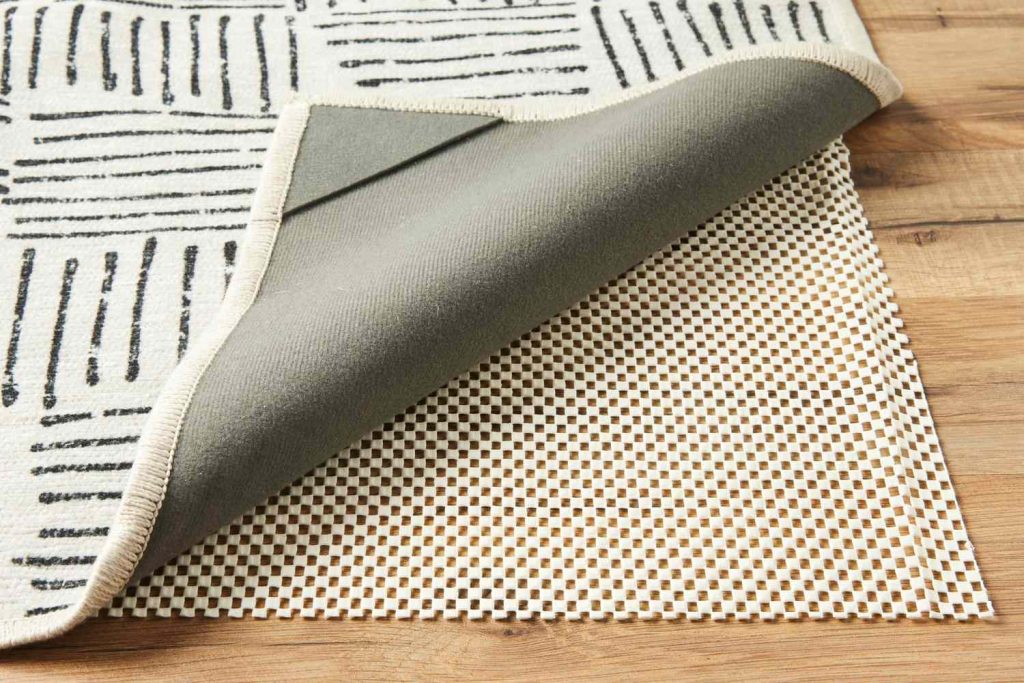The banana, a ubiquitous presence in our fruit bowls, radiating sunshine-like hues of yellow, holds a surprising secret. Despite its seemingly arboreal existence, gracing supermarket shelves alongside apples and oranges, the banana isn’t a tree. This revelation might leave you momentarily bewildered, but fret not, for the true story of the banana plant is as fascinating as the fruit itself. Let’s embark on a delectable journey to unveil the botanical wonder that is the banana.
The Towering Herb: Unveiling the Banana Plant’s Structure
The Pseudostem – An Illusion of Woody Grandeur
The banana plant, a majestic member of the Musaceae family, often falls victim to a botanical case of mistaken identity. Its impressive stature, reaching heights that rival their treetop counterparts, boasts a robust, upright structure that bears an uncanny resemblance to a tree trunk. However, upon closer inspection, this seemingly woody core reveals itself as a cleverly constructed pseudostem. This fascinating structure is formed by the tightly wrapped leaf sheaths of the banana plant, meticulously layered upon one another. Unlike a true tree trunk, the pseudostem lacks the characteristic lignin, a complex organic polymer that imbues trees with their woody strength and branching structure.
From Inflorescence to Bunch – A Botanical Marvel Unfolds
From the heart of the pseudostem emerges a magnificent flower stalk known as an inflorescence. This vibrant structure, often mistaken for the banana itself by the uninitiated, is a marvel of botanical engineering. Encased in a flamboyant purple or reddish bract, the inflorescence houses rows upon rows of tiny, delicate yellow flowers. These unassuming flowers embark on a captivating journey, destined to transform into the beloved banana. The female flowers, strategically located at the base of the inflorescence, hold the key to the fruit’s development. As they mature, they begin to swell, transforming into the individual “fingers” of the banana bunch. Meanwhile, the male flowers, situated higher up the inflorescence, mature and release pollen. Interestingly, most commercially cultivated bananas are triploid (having three sets of chromosomes), rendering them sterile. This quirk, while simplifying cultivation, limits genetic diversity – a concept we’ll explore later.
Fruit Formation: From Flower to Fanciful Finger
The Metamorphosis of the Banana Flower
As the female flowers mature, they undergo a metamorphosis as remarkable as any found in the animal kingdom. They begin to swell, transforming into the individual “fingers” of the banana bunch. Each finger, technically classified as a berry due to the presence of seeds embedded within the flesh, grows in a cluster known as a “hand.” Multiple hands form a single, impressive bunch, which can weigh anywhere from 50 to 100 pounds! During this growth period, the banana plant diligently allocates resources, ensuring the developing fruit receives the necessary nutrients and sunlight for optimal sweetness and size. The delicate balance between sugar production and structural integrity is a testament to the exquisite design of nature.
Bananas: Beyond the Cavendish – A Tapestry of Cultivars
Asexual Reproduction and the Threat of Monoculture
The majority of bananas enjoyed worldwide belong to the Cavendish cultivar, a variety prized for its sweetness, transportability, and resistance to bruising. However, this reliance on a single variety harbors a hidden vulnerability. The Cavendish banana reproduces asexually through the process of suckering, where new plants sprout from the roots of the parent plant. This method, while efficient and commercially advantageous, creates genetic clones. This lack of diversity poses a significant threat. Fungal diseases, for instance, can devastate entire plantations if all the plants share the same genetic makeup. The Cavendish banana, unfortunately, is particularly susceptible to a fungal disease known as Panama disease, which has historically wiped out previous dominant banana varieties like Gros Michel. Recognizing this vulnerability, scientists are constantly working to develop new, disease-resistant banana cultivars.
Beyond the Cavendish, the world of bananas boasts a remarkable array of over 1,000 varieties. Plantains, for example, are starchy cousins of the dessert banana, often used in savory dishes due to their lower sugar content and firmer texture. Finger bananas, on the other hand, are smaller and more vibrant, offering a spectrum of colors and flavors depending on the specific cultivar. From the vibrant red of the Red Dacca banana to the seedy texture of the wild banana, the diversity of this fruit is a testament to the wonders of plant evolution and a testament to the ingenuity of humankind in cultivating these delectable variations.





